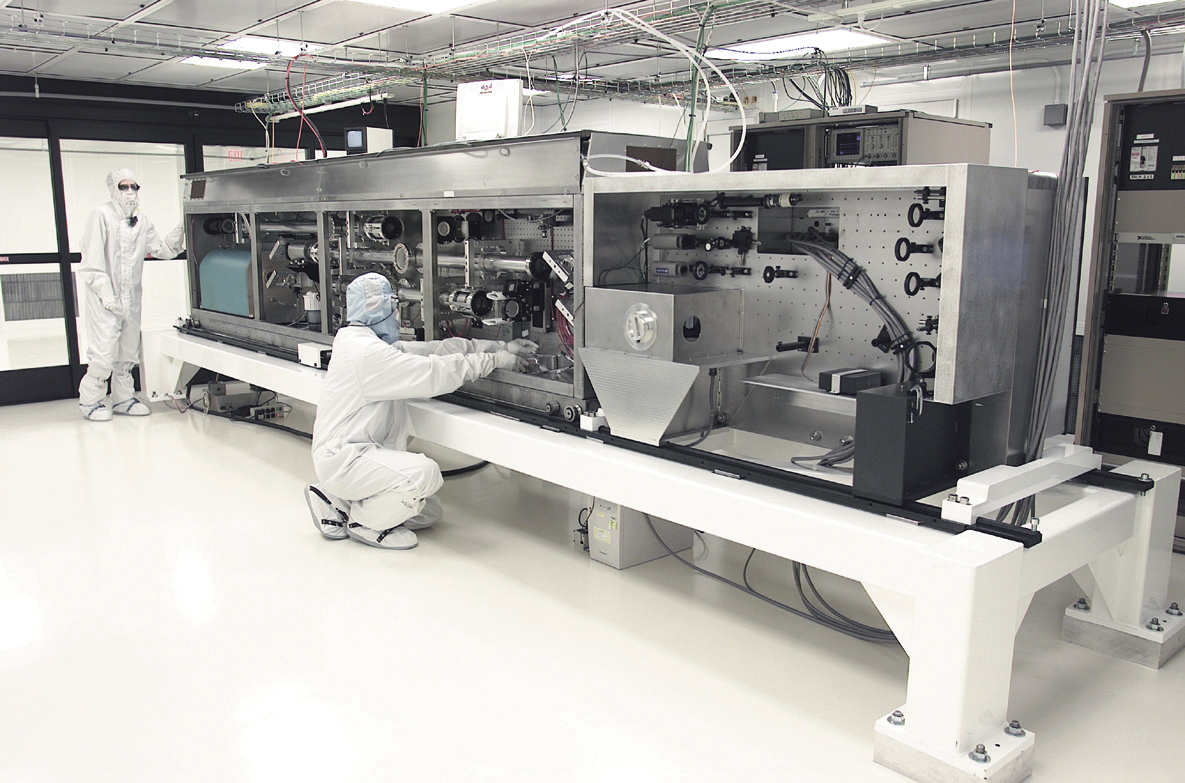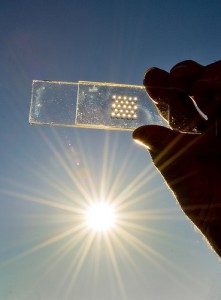
America’s National Labs Critical to Energy Security
American leadership has always been backed up by its competitive position in the world – America has been a leader in higher education, creativity, and technological innovation. We put a man on the moon, created the global positioning system, and invented the internet. These achievements are the fruits of sustained long-term investment in R&D. However, in recent years the U.S. has failed to prioritize these investments, and risks losing its competitive edge. For example, an article appearing in Politico on April 3 looked at the threat that the sequester is presenting to America’s national laboratories.
America’s national labs are critical to driving innovation in the years to come, which will help solve many of the most vexing problems facing our country today such as threats from climate change and energy insecurity.
For example, Argonne National Lab (ANL) is working on advanced batteries that will lower the cost of electric vehicles and extend their range. These advanced energy storage technologies can also be used in conjunction with variable sources of renewable energy, smoothing power fluctuations. This will allow the American economy to transition away from climate destabilizing fossil fuels.
The National Renewable Energy Lab (NREL) is conducting research into making more efficient building designs, advances in solar and wind systems to lower their cost, and breakthrough vehicle technologies such as hydrogen and fuel cells.
While renewable energy will be vital in the years to come, over the long-term, the U.S. will need to develop new sources of clean baseload power.
For example, the Idaho National Lab (INL) has a storied history of contributing to the development of nuclear power in the United States, creating an entirely new commercial industry. The U.S. led in this field for a half-century, exporting nuclear technologies around the world. Today, INL is working on developing the next-generation nuclear reactors, which promise to improve safety and reduce nuclear waste.
Also, fusion energy will provide significant advantages over conventional nuclear fission – the promise of providing clean, safe and secure power, derived from virtually inexhaustible fuel sources. Several national labs are working to develop fusion energy, including the Lawrence Livermore National Lab, the Oak Ridge National Lab, the Princeton Plasma Physics Lab and the Sandia National Lab.
Much of the progress emerging out of the national labs is the result of investments that will not be done by the private sector. The time horizons are too great. Therefore, trying to solve budget deficits by cutting funding for national labs is misguided. Short-term savings will be outweighed by the significant innovation that will not be achieved as a result of closing laboratories across the country. As Politico quoted Rep. Randy Hultgren (R-IL), “the national labs are the last thing the DOE should be cutting.”







[…] America’s National Labs Critical to Energy Security […]
[…] of the bill is consistent with ASP’s stated position, particularly that national labs will be the cornerstone of fusion technology development. It also hopes to overcome one of the biggest barriers to private investment in fusion technology, […]